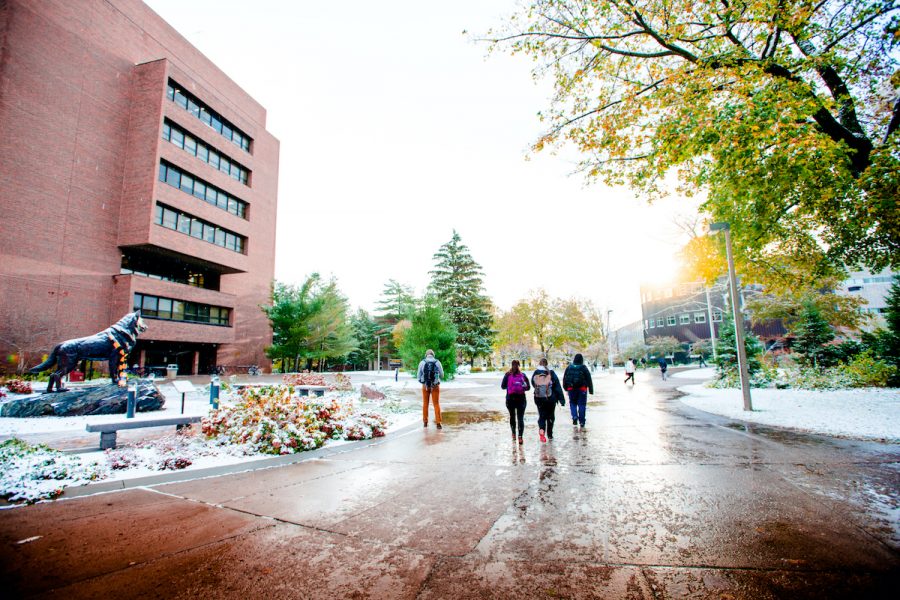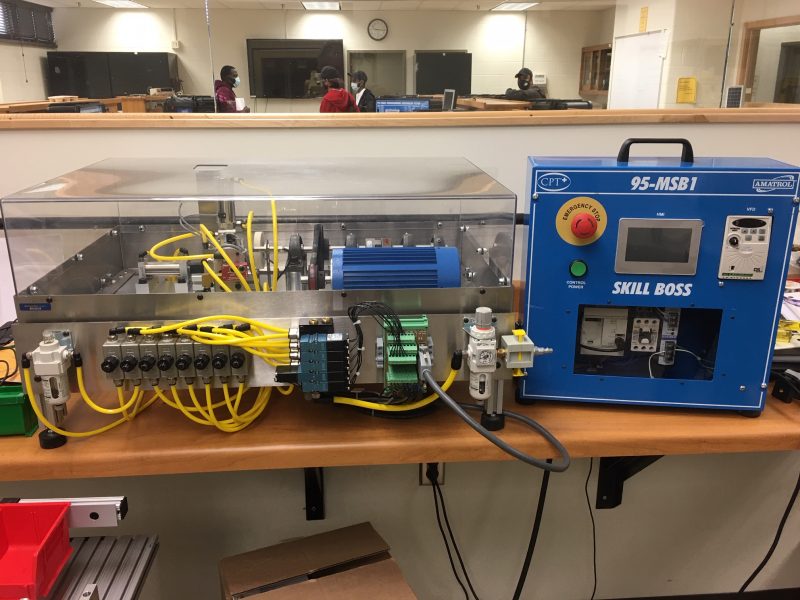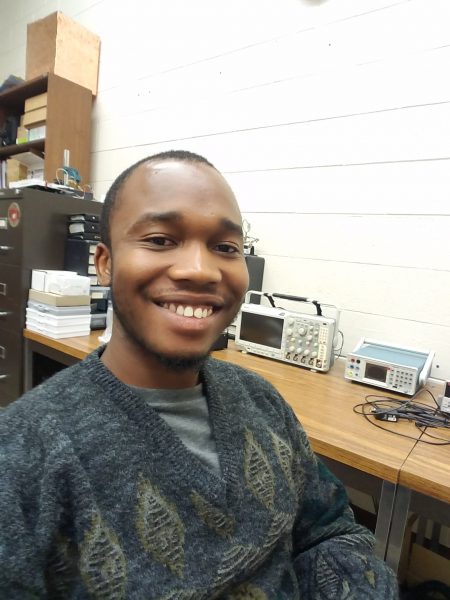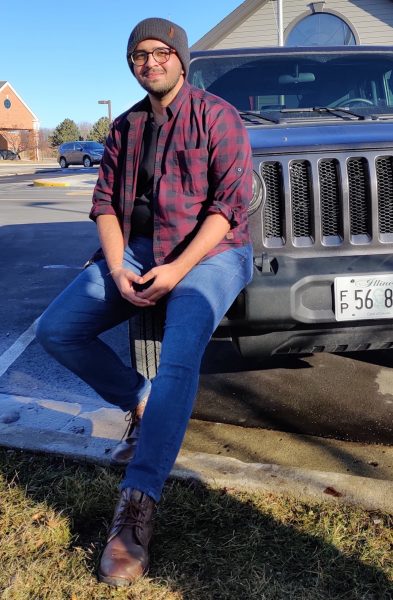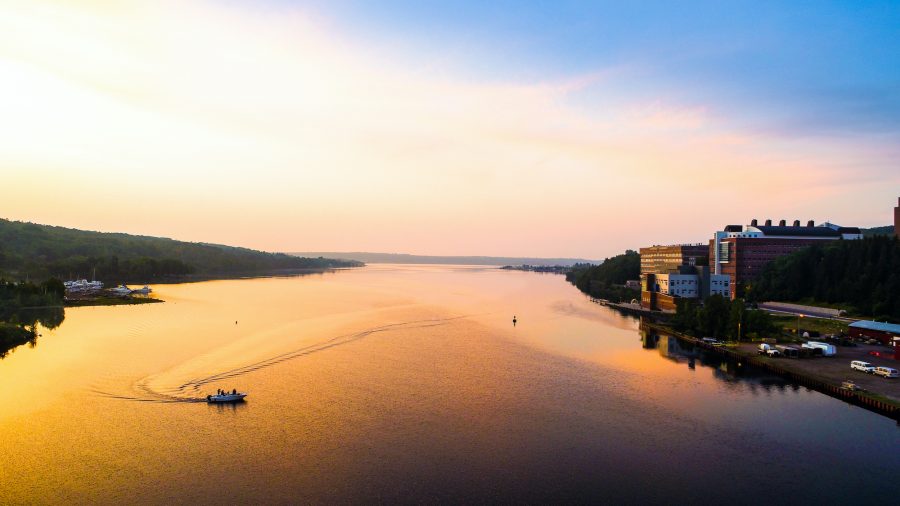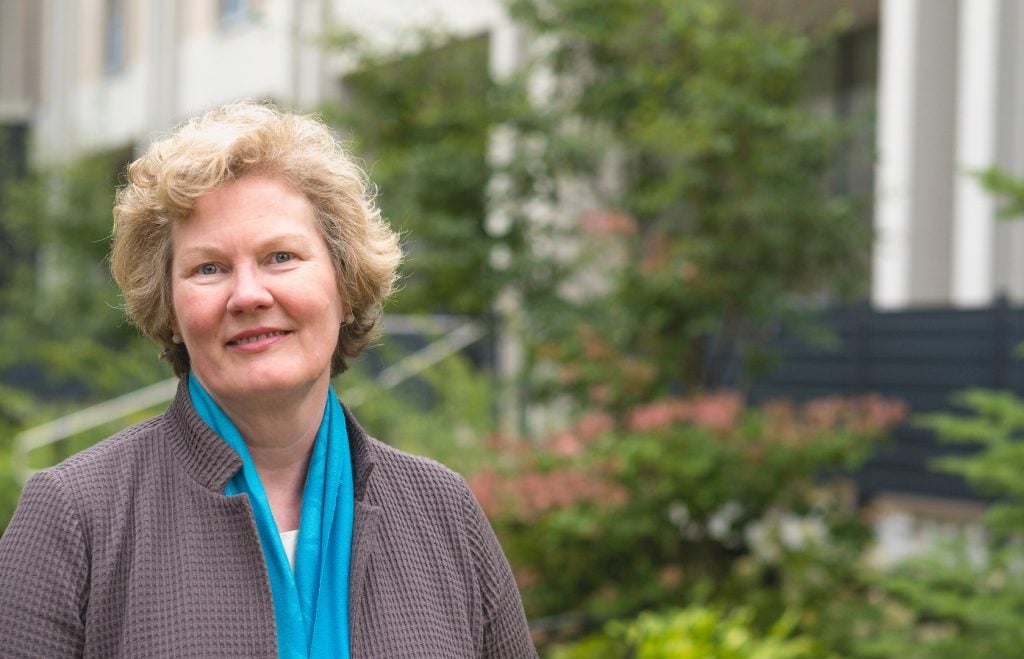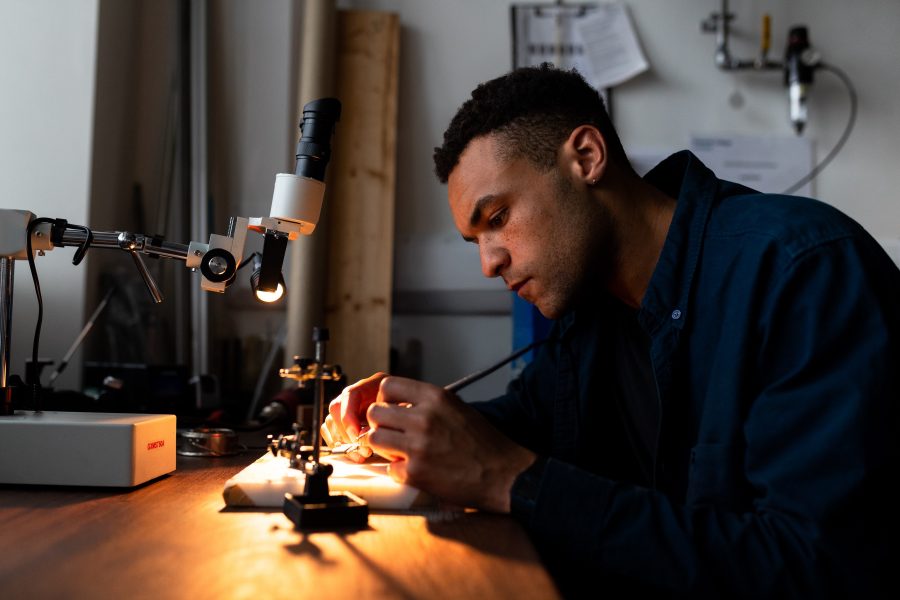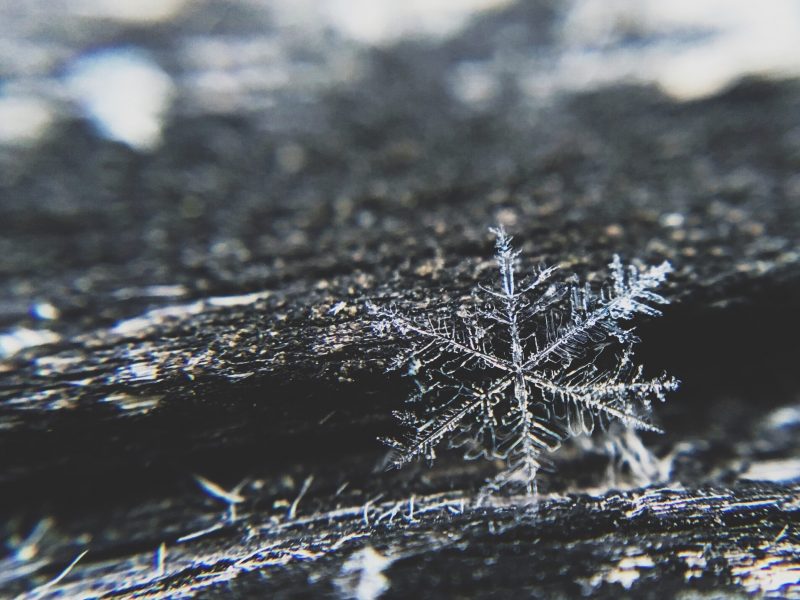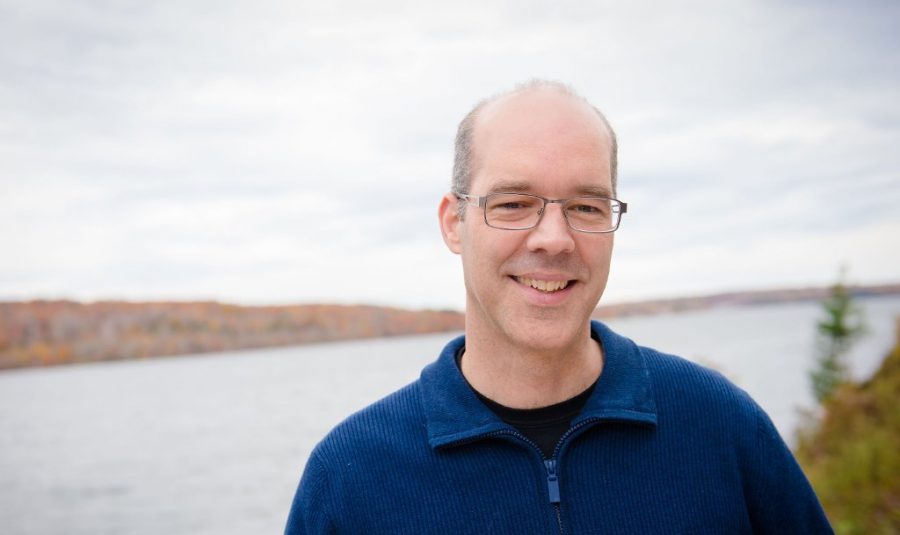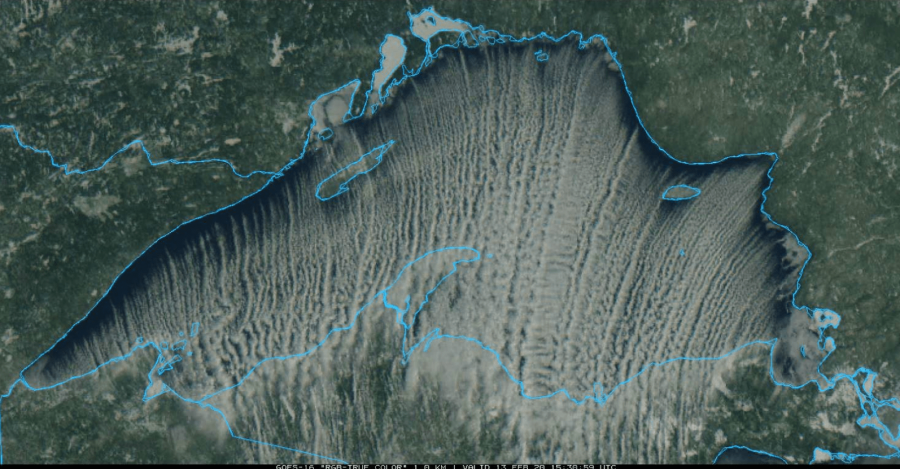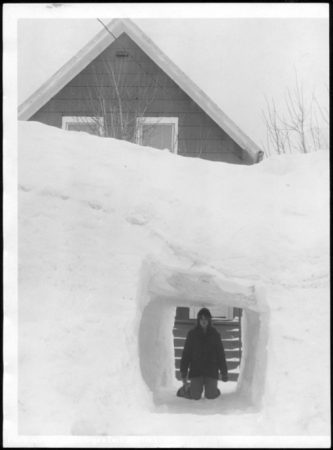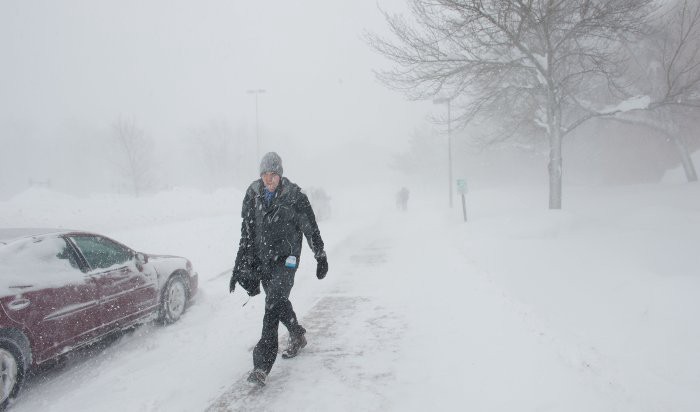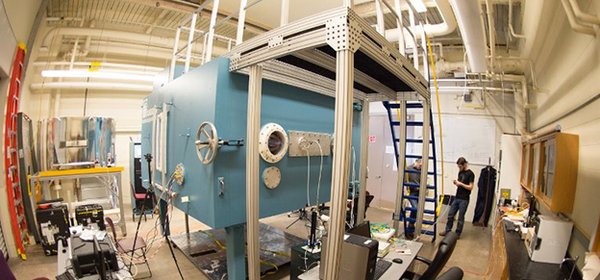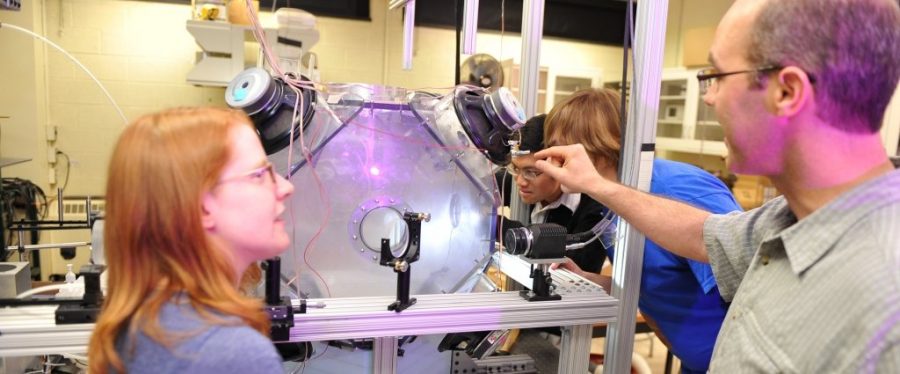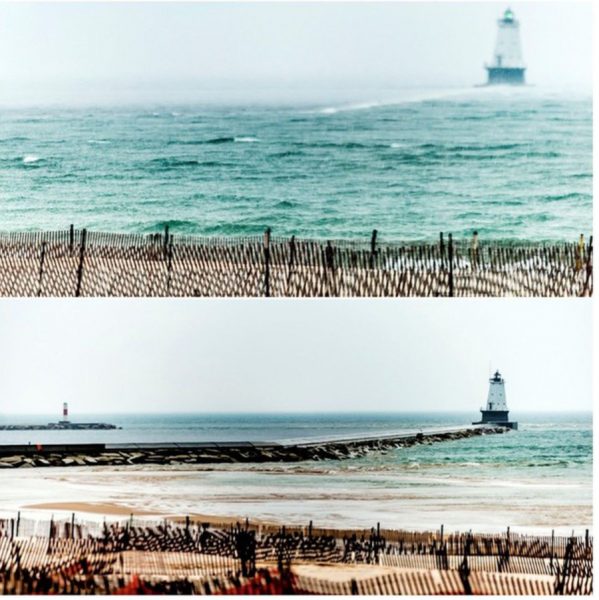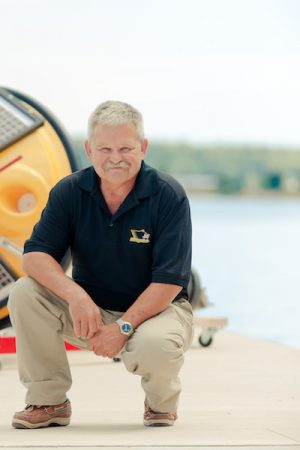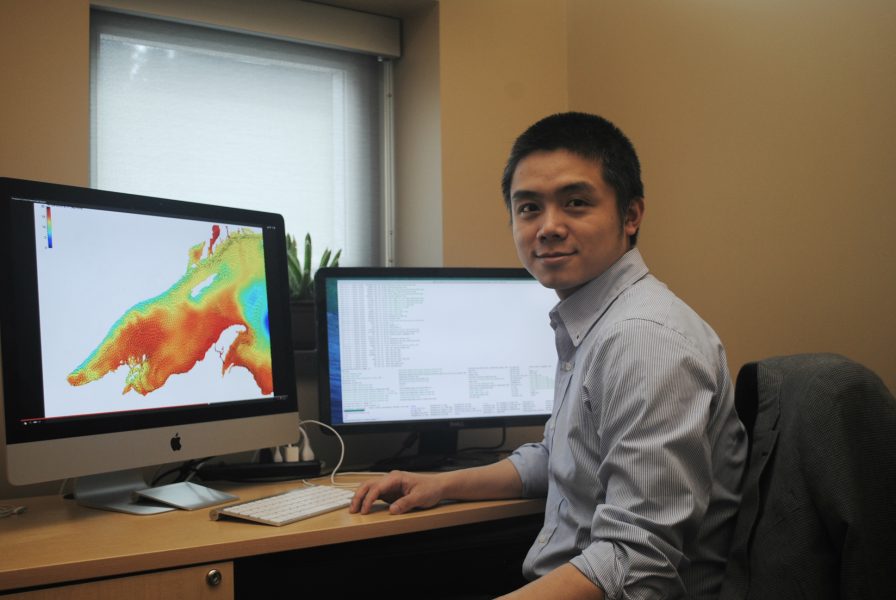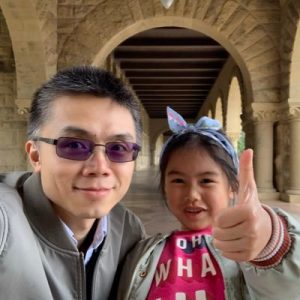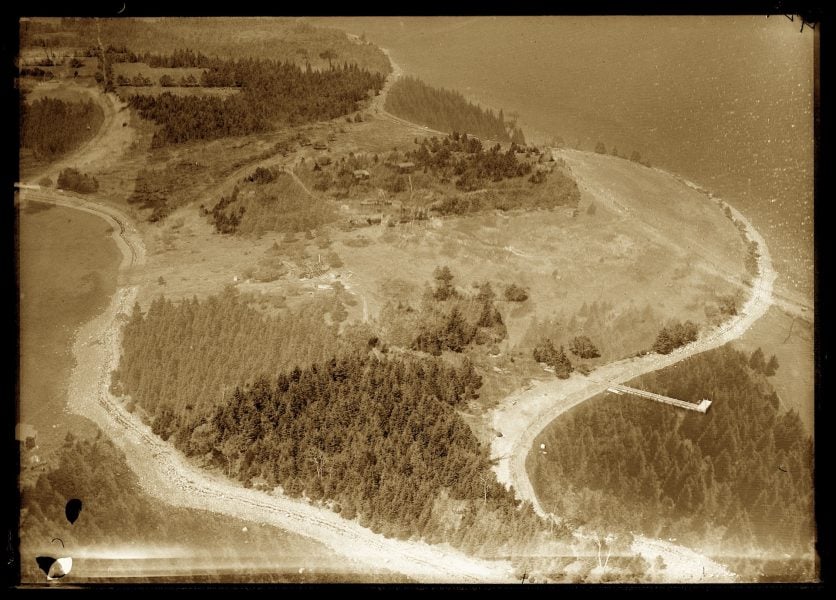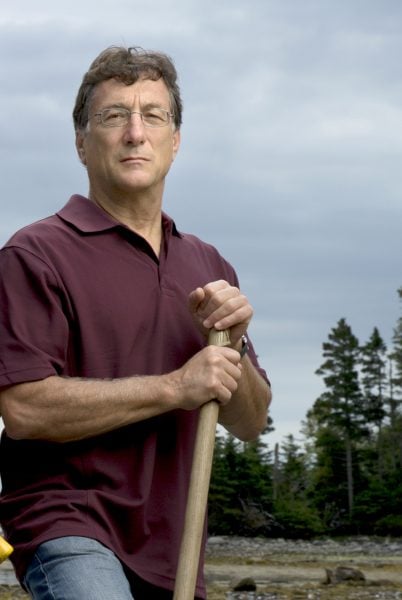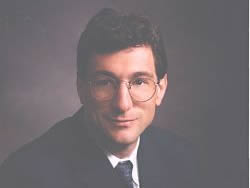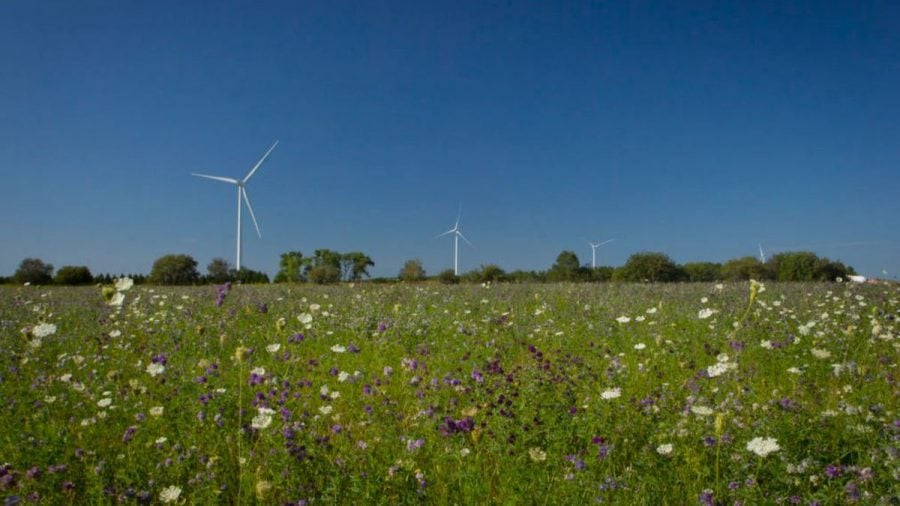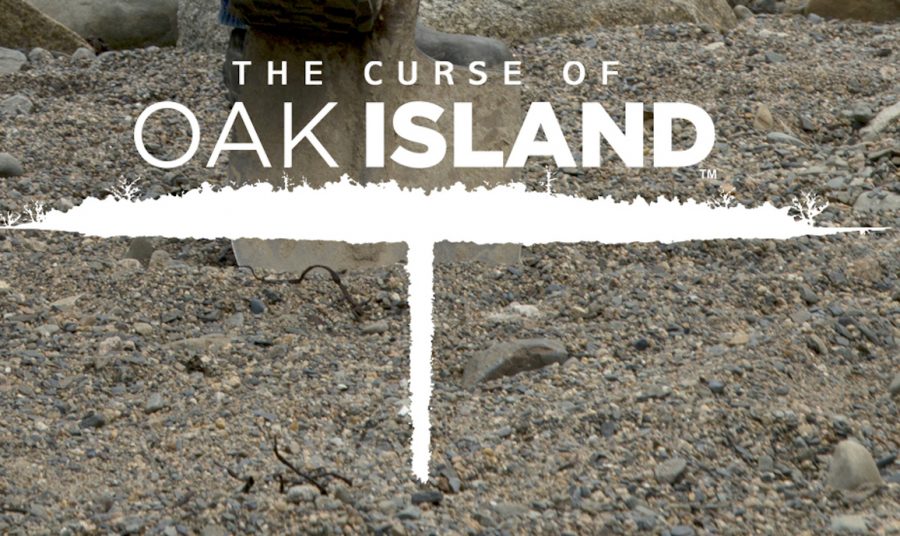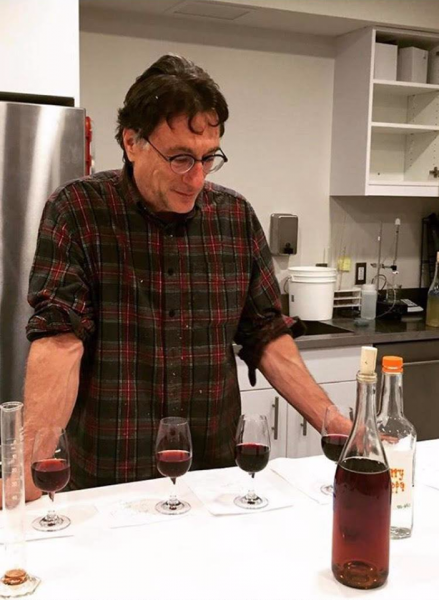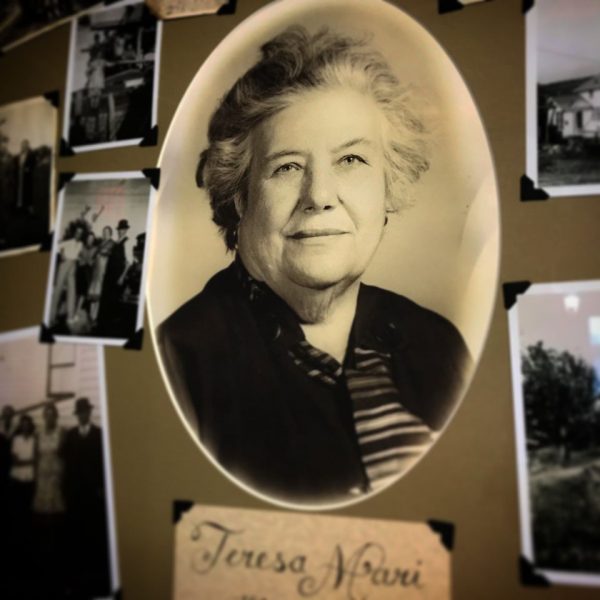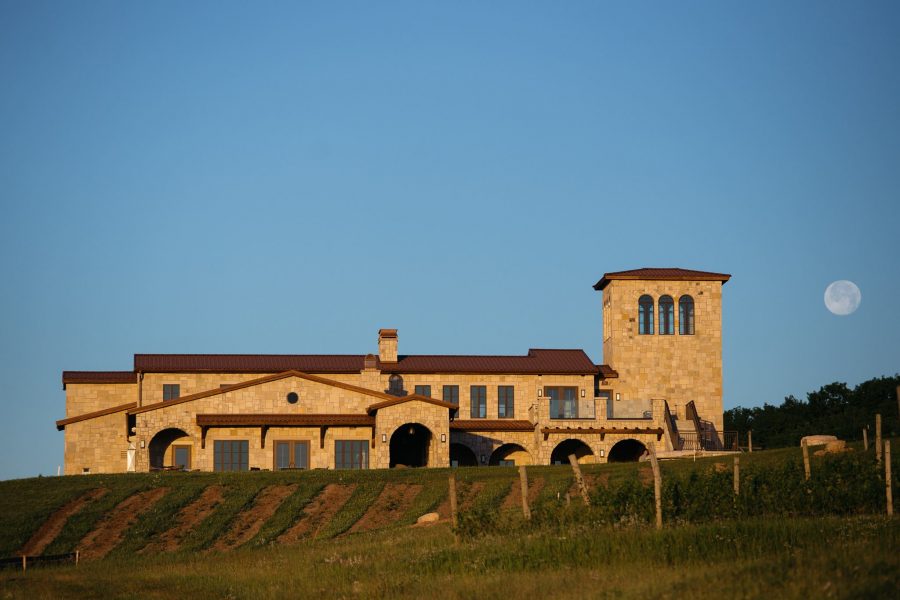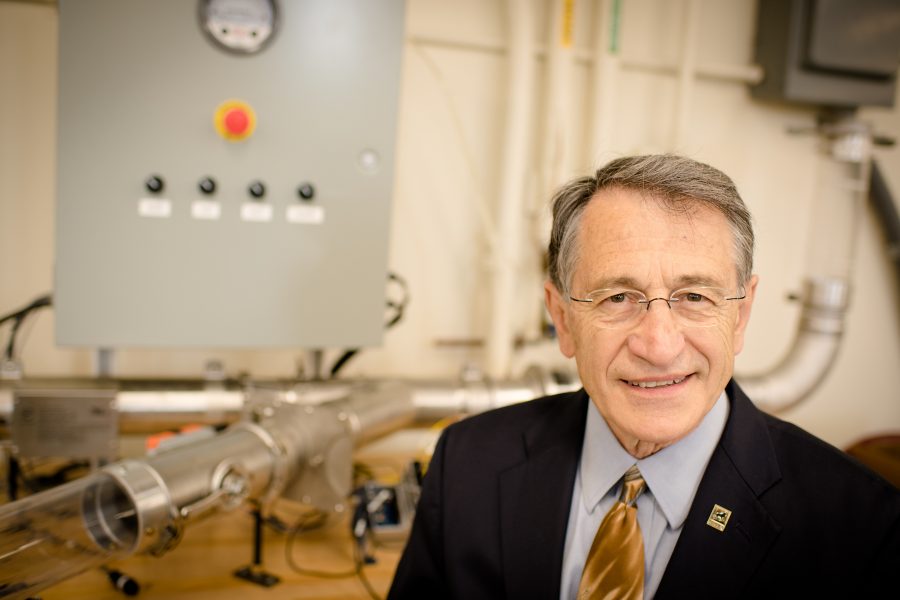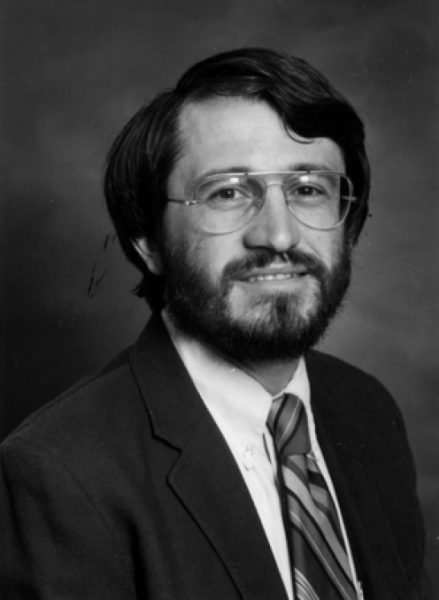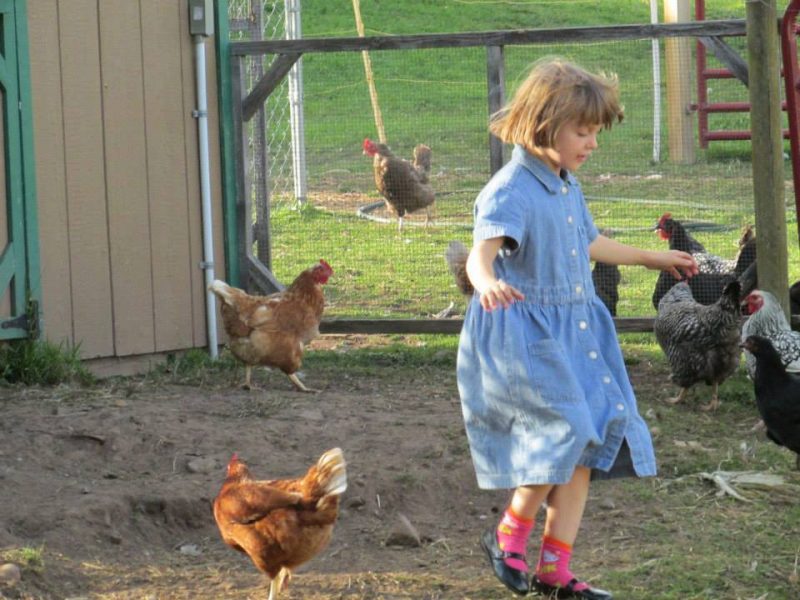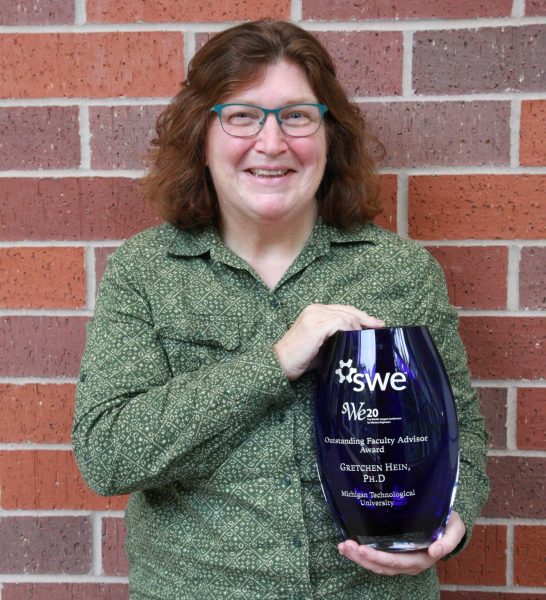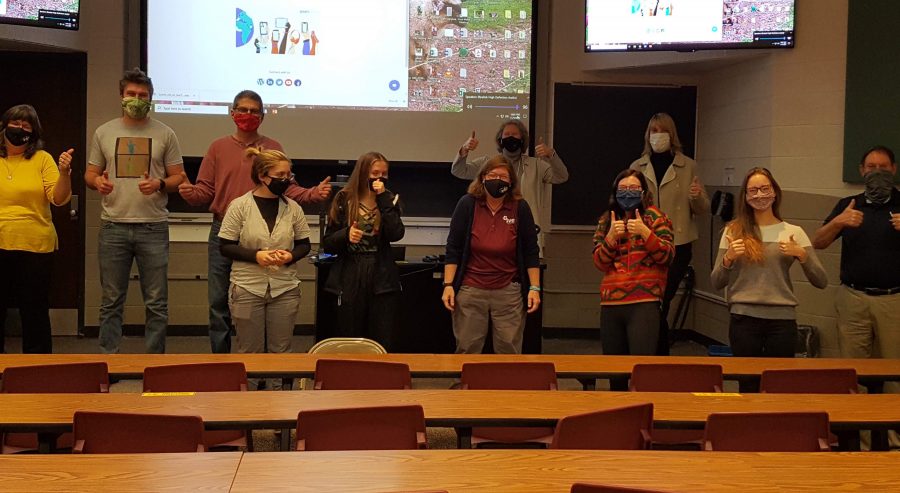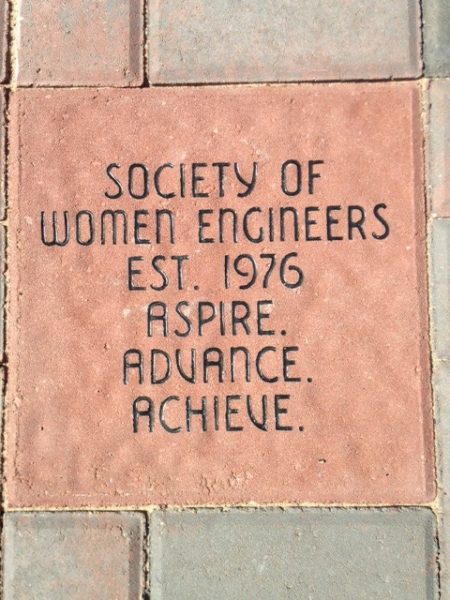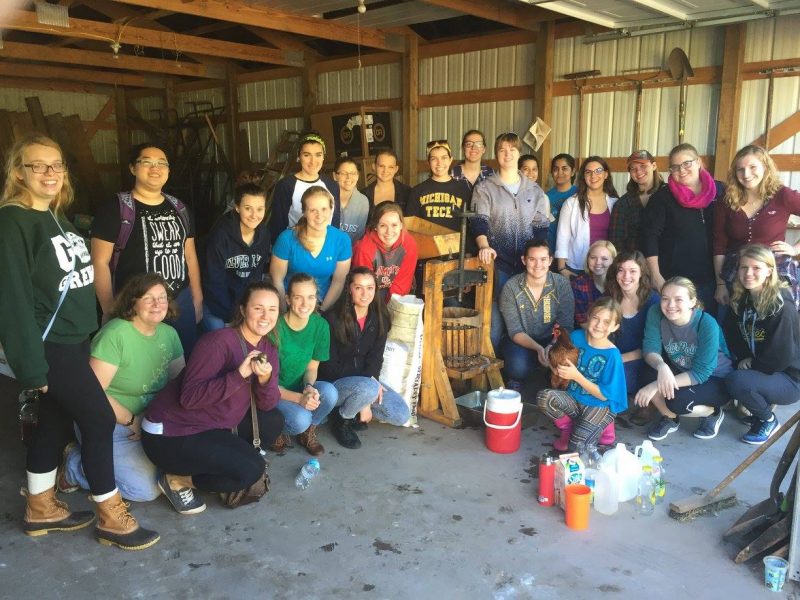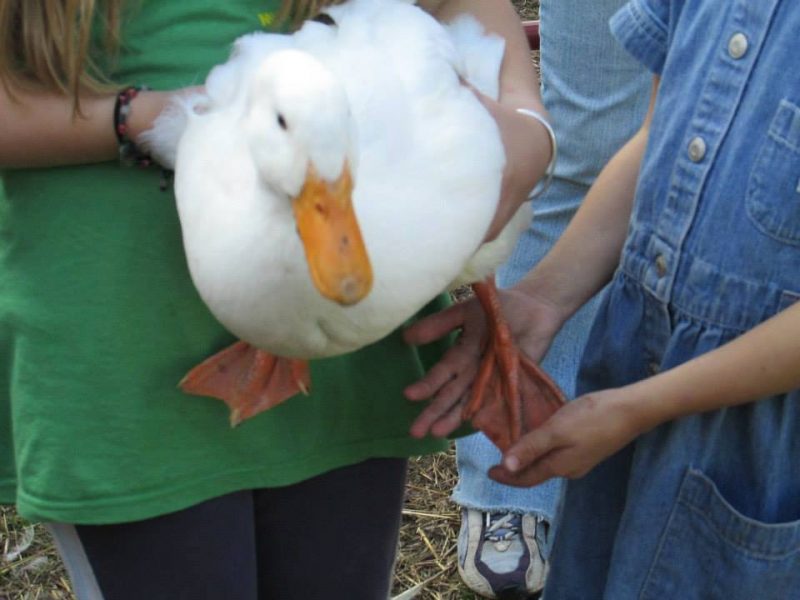
Craving some brain food, but not a full meal? Join us for a Bite!
Grab some dinner with College of Engineering Dean Janet Callahan and special guests at 6 p.m. (ET) each Monday during Husky Bites, a free interactive Zoom webinar, followed by Q&A. Have some fun, learn a few things, and connect with one another as Huskies and friends. Everyone is welcome!
Husky Bites Spring 2021 series kicks off this Monday (January 25) with “Ski – Score – Spike! Student Athletes at Michigan Tech,” presented by three head coaches: Tom Monahan Smith (Nordic), Sam Hoyt (women’s basketball) and Matt Jennings (volleyball). Joining in will be Suzanne Sanregret, Michigan Tech’s Director of Athletics. They’ll be talking about the tremendous quality of our student athletes, recruiting, academic/mental wellness, share a day in the life of an athlete, and tell us how they cope with COVID-19 challenges, too.
“We created Husky Bites for anyone who likes to learn, across the universe,” says Dean Callahan. “We aim to make it very interactive, with a ‘quiz’ (in Zoom that’s a multiple choice poll), about every five minutes. Everyone is welcome, and bound to learn something new. Entire families enjoy it. We have prizes, too, for attendance.”
The series features special guests—engineering professors, students, and even some Michigan Tech alumni, who each share a mini lecture, or “bite”.
This spring, topics include Backyard Metals, Cybersecurity, Enterprise, Fishing, Music, Lake Superior, the Mackinac Bridge, Migratory Birds, Snow, Sports, Stents, and Volcanoes.
During Husky Bites, special guests also weave in their own personal journey in engineering, science and more.
Have you joined us yet for Husky Bites? We’d love to hear from you. Join Husky Bites a little early on Zoom, starting at 5:45 pm, for some extra conversation. Write your comments, questions or feedback in Chat. Or stay after for the Q&A. Sometimes faculty get more than 50 questions, but they do their best to answer them all, either during the session, or after, via email.
“Grab some supper, or just flop down on your couch. This family friendly event is BYOC (Bring Your Own Curiosity).”
Get the full scoop and schedule at mtu.edu/huskybites. Check out past sessions, there, too. You can also catch Husky Bites on the College of Engineering Facebook page.
Want a taste of Husky Bites? Check out a few comments from special guests, heard during past sessions:
I have always been interested in building things — long before I knew that was called “engineering.” I don’t recall when I became fascinated with space but it was at a very early age. I have embarrassing photos of me dressed as an astronaut for halloween and I may still even have an adult-sized astronaut costume somewhere in my closet — not saying. The desire to explore space is what drives me. Very early in my studies I realized that the biggest impediment to space exploration is propulsion. Space is just so big it’s hard to get anywhere. So I dedicated my professional life to developing new space propulsion technologies. There is other life in our solar system. That is a declarative statement. It’s time that we find it. The moons of Jupiter and Saturn hold great promise and I’m determined to see proof in my lifetime.
I loved watching a beautiful image of planet Earth, one with a very clear sky and blue water, during my high school days. However, as I began to learn how life on Earth suffers many difficult environmental problems, including air pollution and water contamination, I also learned that environmental engineers can be leaders who help solve the Earth’s most difficult sustainability problems. That is when I decided to become an engineer. In my undergraduate curriculum, the water quality and treatment classes I took were the toughest subjects to get an A. I had to work the hardest to understand the content. So, naturally, I decided to enter this discipline as I got to know about water engineering more. And then, there’s our blue planet, the image. Water makes the Earth look blue from space.
I was born and raised in the City of Detroit. I went to Detroit Public Schools, and when I went to college I had to work to make ends meet. I got a job as a cook in the dorm, and eventually worked my way up to lead cook. I was cooking breakfast for 1,200 people each morning. One of my fellow classmates was studying engineering, too. He had a job working for a professor doing research on storm waves and beaches. I had no idea I could be hired by a professor and get paid money to work on the beach! I quit my job in the kitchen soon after, and went to work for that professor instead. I had been a competitive swimmer in high school, and the beach was where I really wanted to be. When I graduated with my degree, having grown up in Detroit, I went to work for Ford. I have to thank my first boss for assigning me to work on rear axle shafts. After about two months, I called my former professor, to see if I could come back to college. My advice for students just starting out is to spend your first year exploring all your options. Find out what you really want to do. I had no idea I could turn a mechanical engineering degree into a job working on the beach. Turns out, I could—and I’m still doing it today.
I first became interested in engineering in high school when I learned it was a way to combine math and science to solve problems. I loved math and science and thought that sounded brilliant. However, I didn’t understand at the time what that really meant. I thought “problems” meant the types of problems you solve in math class. Since then I’ve learned these problems are major issues that are faced by all of humanity, such as: ‘How do we enable widespread access to clean energy? How do we produce sufficient amounts of safe vaccines and medicine, particularly in a crisis? How do we process food products, while maintaining safety and nutritional quality?’ As a chemical engineer I am able to combine my love of biology, chemistry, physics, and math to create fresh new solutions to society’s problems. One thing I love about MTU is that the university gives students tons of hands-on opportunities to solve real problems, not just problems out of a textbook (though we still do a fair number of those!). These are the types of problems our students will be solving when they go on to their future careers.
My Dad ran a turn-key industrial automation and robotics business throughout most of my childhood. In fact, I got my first job at age 12 when I was sequestered at home with strep throat. I felt fine, but couldn’t go to school. My Dad put me to work writing programs for what I know now are Programmable Logic Controllers (PLCs); the ‘brains’ of most industrial automation systems. Later, I was involved with Odyssey of the Mind and Science Olympiad. I also really liked these new things called ‘personal computers’ and spent quite a bit of time programming them. By the time I was in high school I was teaching classes at the local library on computer building, repair, and this other new thing called ‘The Internet’. A career in STEM was a certainty. I ended up in engineering because I like to build things (even if only on a computer) and I like to solve problems (generally with computers and math).
The factors that got me interesting engineering revolved around my hobbies. First it was through BMX bikes and the changes I noticed in riding frames made from aluminum rather than steel. Next it was rock climbing, and realizing that the hardware had to be tailor made and selected to accommodate the type of rock or the type or feature within the rock. Here’s a few examples: Brass is the optimal choice for crack systems with small quartz crystals. Steel is the better choice for smoothly tapered constrictions. Steel pins need sufficient ductility to take on the physical shape of a seam or crack. Aluminum cam lobes need to be sufficiently soft to “bite” the rock, but robust enough to survive repeated impact loads. Then of course there is the rope—what an interesting marvel—the rope has to be capable of dissipating the energy of a fall so the shock isn’t transferred to the climber. Clearly, there is a lot of interesting materials science and engineering going on!
